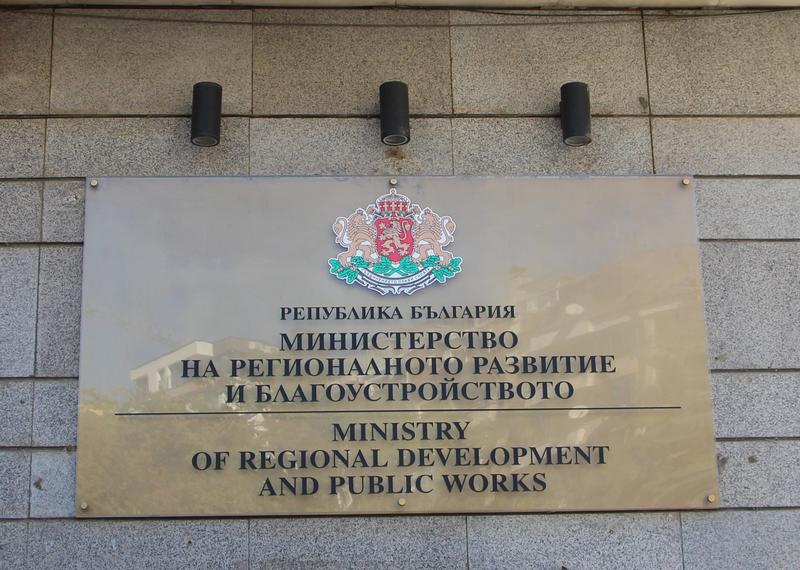The one-day vignette will be valid for 24 hours from its start date and time
The one-day vignette will be valid for 24 hours from its start date and time
By Ministry of Regional Development and Public Works
Amendments to the Ordinance on the charging for passing on the tolled national road network have been published for public consultation
For road vehicles up to 3.5 tonnes, it should be possible to pay for an electronic vignette with a period of 24 hours from its date and time of validity. This is provided by the Draft Decree of the Council of Ministers for changes in the Ordinance on the conditions, procedures and rules for the construction and operation of a mixed system for charging different categories of road vehicles on a time and distance basis, published for public consultation on the Public Consultation Portal and the website of the Ministry of Regional Development and Public Works.
When crossing the tolled national road network without an electronic vignette, the minimum road fee due is proposed to be the same as the price of the one-day vignette, instead of the price of the weekend vignette – as is currently the case, the project further states.
The changes provide for the inclusion of an environmental component - through an external-cost charge for CO2 emissions due to traffic - for heavy goods vehicles and buses over 3.5 tonnes, which are paid for passing on tolled national roads on a distance-based basis. Thus, the amount of the tolls is to be determined, in addition to the technical characteristics of the road or road section, the distance travelled, the category of road vehicle, the number of axles, the total technically permissible maximum mass, the environmental category EURO and according to the CO2 emission class and specific CO2 emissions of the vehicle. This type of differentiation is in line with Directive (EU) 2022/362 of the European Parliament and of the Council of 24 February 2022 on the charging of vehicles for the use of certain infrastructures, the requirements of which have also been implemented in national legislation with the latest changes to the Roads Act. Financial incentives aim to encourage the use of greener vehicles, such as more polluting cars, to pay higher taxes on the basis of the ‘polluter pays’ principle.
Five carbon dioxide emission classes are defined, for example class 4 for low-emission heavy-duty vehicles and class 5 for zero-emission vehicles. It is also proposed to review the classification of road vehicles into CO2 emission class 2 or 3 every six years after the date of their first registration.
The draft foresees that revenues from the carbon dioxide components of road charges will be used for investments in low-carbon transport, improvement of road infrastructure, financing of climate and environmental measures, incentives for hauliers and legal entities, social fairness and transition and smart systems for managing traffic flows.
The amendments aim to bring the Ordinance in line with the amendments to the Roads Act and the requirements of Directive (EU) 2022/362.




